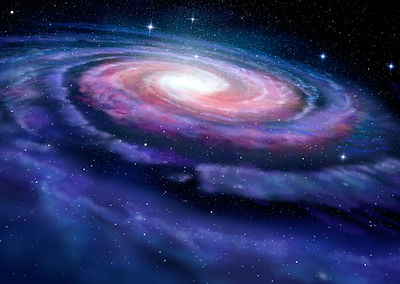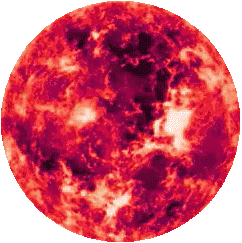
Kepler 1649 Star System
The Kepler 1649 Star System contains 1 Star and 2 Planets.
1 Planet is a habitable planet candidate, planet Kepler 1649 II.
The Kepler 1649 Star System is located within near the inner rim of the Orion Arm, within the Local Bubble, in the Milky Way Galaxy, which is 26,000 light years away from the massive Sagittarius black hole at the center of the Galaxy.
/ Star & Planets / Stars & Planets List 0 to 20 Light Years / Kepler 1649 Star System
1,763.700 Trillion Miles
300.0000 Light Years
91.9804 Parsecs
Kepler 1649

M5V Class
5,372 F Photosphere
Extreme Flares
Kepler 1649 I
0.0514 AU
Tidally Locked
1.03 (EM)
Terran
8,052 Miles
? Density
? g
Atmosphere ?
Hot
Life?
Billions of Years Old
Main Sequence
Population II Star
Heavy Metal Poor
0.0649 AU
Tidally Locked
1.20 (EM)
Super Terran
8,393 Miles
? Density
? g
Atmosphere ?
Freezing
Life ?
1 AU = 92,955,807 Miles
Chemical Rocket Travel Time
3 Million Earth Years
Fission Rocket Travel Time
6,036.21 Earth Years
Fusion Rocket Travel Time
3,018.10 Earth Years
Laser Light Sail Travel Time
1,509.05 Earth Years
Kepler 1649 Planets Probability to Host Life
Kepler 1649 I: The chances of life on planet Kepler 1649 I are considered extremely low due to its close proximity to its star, Kepler 1649, which likely results in a hot surface temperature similar to Venus, and tidal locking. This close proximity results in a likely surface temperature that is too high for liquid water to exist on the surface, which is a key requirement for life as we know it.
Kepler 1649 II (Fartania): The chances for life on Kepler 1649 II are currently unknown, but the planet is considered potentially habitable due to its Super Terran size and location in its star's habitable zone, suggesting liquid water could exist. However, the planet orbits a red dwarf star, which are known for intense stellar flares that could strip away a planet's atmosphere and hinder life. More data is needed to determine if Kepler 1649 II actually possesses an atmosphere, and if it can withstand the harsh conditions from its star to support life.

Join the Exo Solaria Union
Help aid in UAP research, Stay informed on the UAP phenomenon, and to help push the United States government for full disclosure regarding UAP and alien species.

The planet Kepler 1649 II is possibly habitable, but it star produces extreme flares that could strip away its atmosphere. More data is needed to characterize its atmosphere to see if Kepler 1649 II is habitable.